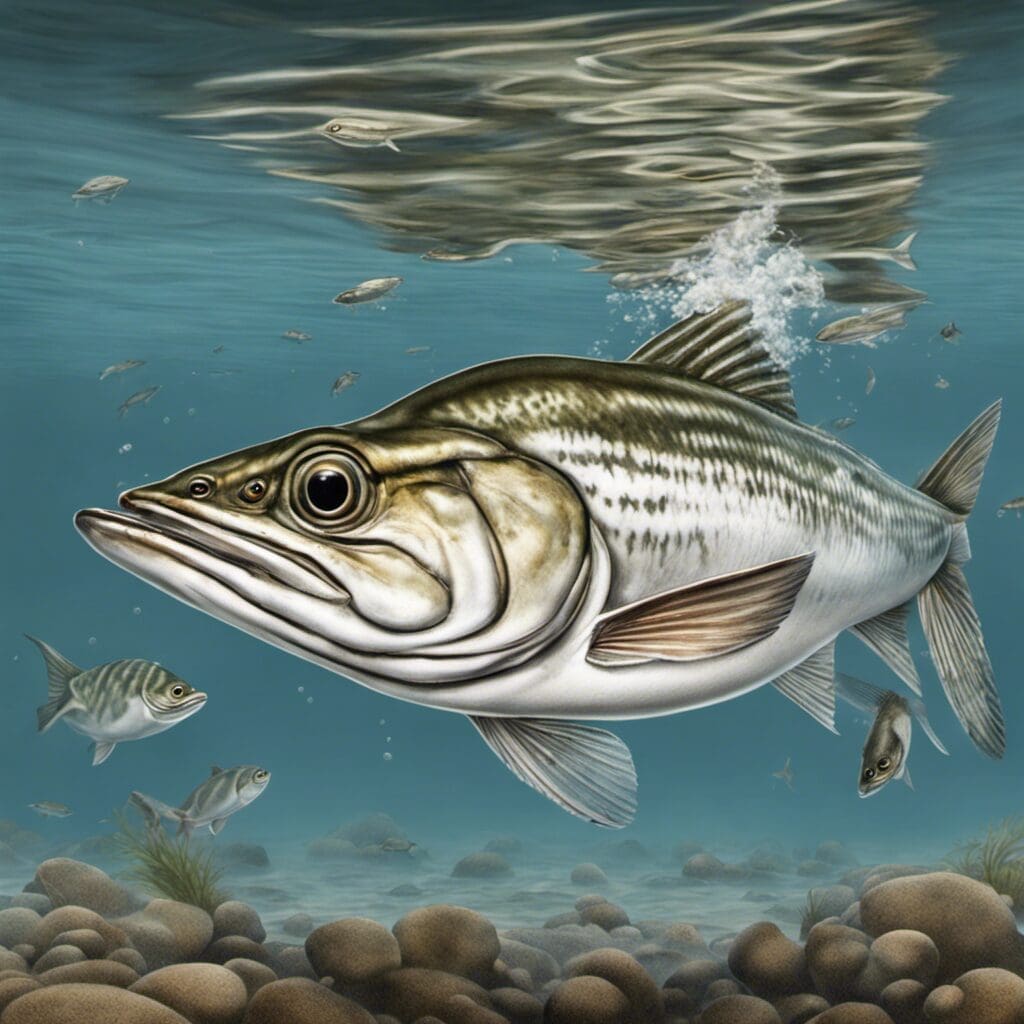Introduction
The King George Whiting, scientifically known as Sillaginodes punctatus, belongs to the Sillaginidae family, also known as the Smelt-whitings due to their close resemblance.
Conservation Status
The King George Whiting is classified as ’Not Evaluated’ as it is not considered to be at risk. Despite not being on the endangered list, there have been considerable efforts to ensure sustainable fishing of this species.
Statistics
| Average Length | Range Length | Average Weight | Range Weight | Average Lifespan |
|---|---|---|---|---|
| 40cm | 25-72cm | 0.5kg | 0.2-4.8kg | 10 years |
Distribution
The King George Whiting is predominantly found in the southern regions of Australia. However, they may undertake local migrations due to changes in water temperature between seasons.
Habitats
King George Whiting prefer marine waters, at depths ranging from 1m to 80m. They can also be found in estuaries. The Preferred water temperature is between 14℃ and 20℃.
When and Where to See
King George Whiting are present throughout the year but are most abundant during the warmer months, from October to April. As for the time of day, they tend to be most active during dusk and dawn.
Best Fishing Locations
King George Whiting can be found in several locations across Australia, and here are a few top spots:
- Portland, Victoria
- Streaky Bay, South Australia
- Kangaroo Island, South Australia
- Port Phillip Bay, Victoria
- Spencer Gulf, South Australia
- Corio Bay, Victoria
Knowing their preferred habitats as well as their feeding time can guide you towards your potential catch.
How to Catch
King George Whiting are known to be attracted to a variety of baits, but they seem to favour pipis, squid, and sand worms. As for the fishing techniques, they respond well to bottom fishing and drift fishing. The best time to catch them would either be in the early morning or late in the evening.
Identification Guide
King George Whiting possess a relatively elongate body with brownish blotches over a silver-white body. They can be distinguished from other Sillaginid species by their first dorsal fin, which starts above the pectoral fin, and their brownish colouration.
Culinary
King George Whiting is highly regarded in culinary circles for its delicate flavour and fine, white flesh. Rich in Omega-3, it is also low in fat making it a healthy choice. They can be baked, grilled, or fried, and have a subtle flavour which makes them suitable for a variety of recipes.
Additional Information
Predators of the King George Whiting include larger fish such as Snapper or Sharks, and marine birds. The biggest threat is overfishing.
References and Further Reading
- Fish.gov.au
- Australian Museum
- ScienceDirect

